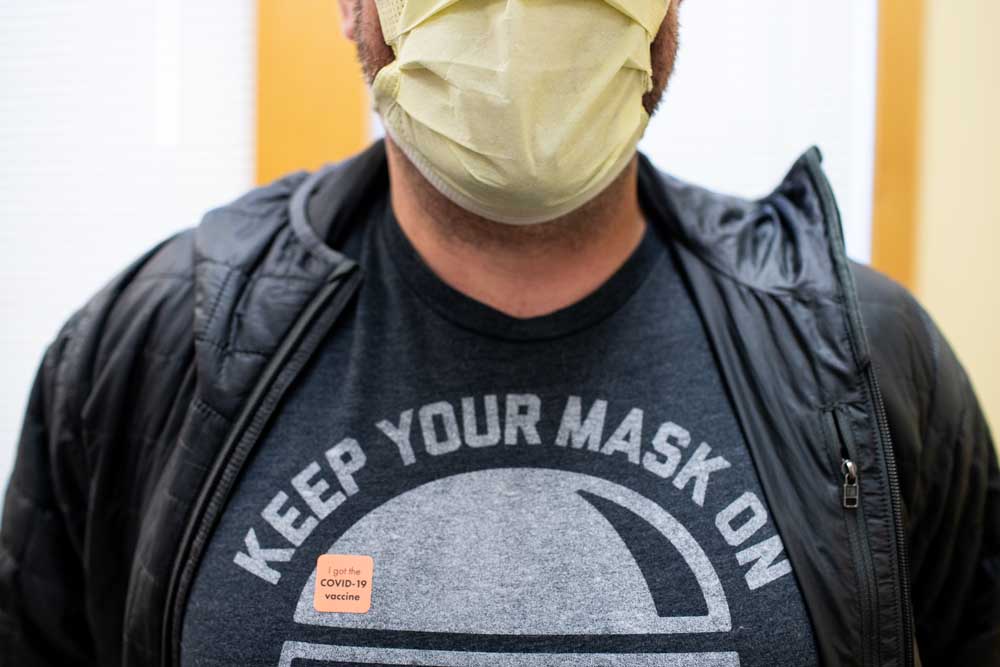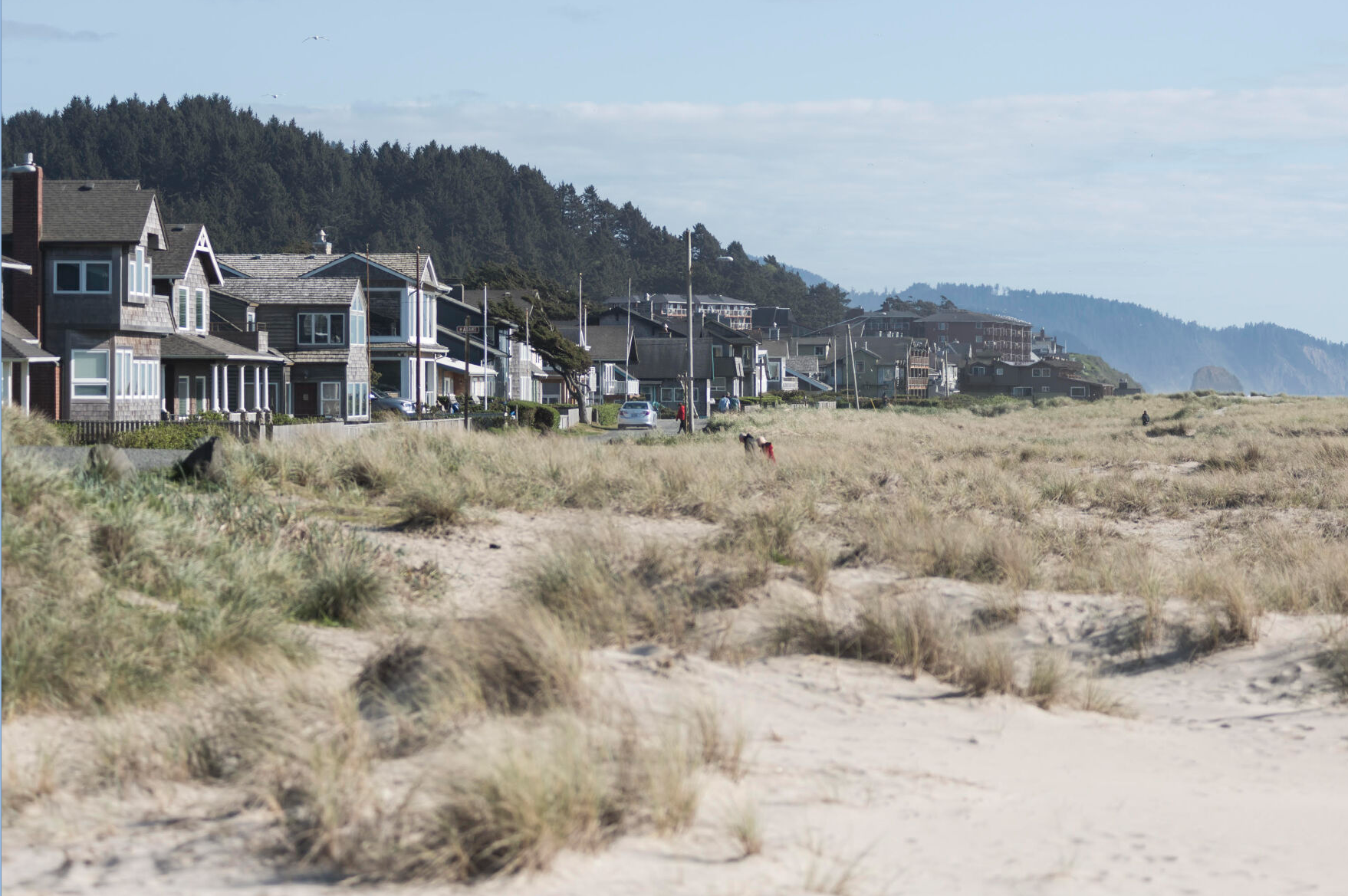Our View: A misfire in Salem on virus data
Published 12:30 am Thursday, July 8, 2021

- Transparency can help improve public trust in pandemic response.
The Oregon Legislature missed a chance to give the public better tools to hold the government accountable during disease outbreaks like the coronavirus pandemic.
Trending
Senate Bill 719 would have changed state law and made it easier to obtain aggregate information about disease investigations that does not identify individual cases or sources.
This simple revision would have corrected an obvious defect. Under the law today, information obtained by the Oregon Health Authority or county public health departments during disease investigations is considered confidential and exempt from disclosure through the state’s public records law.
As The Astorian and other news media discovered during the pandemic, that means public information about the virus is whatever the state or counties say it is on any given day.
Trending
Giving the government sole discretion over what information to disclose during a public health emergency undermines trust. How can the government ask people to wear masks, maintain social distance, restrict their movements, alter their businesses and get vaccinations while keeping critical data secret?
We recognize the Oregon Health Authority has sought transparency during the pandemic, disclosing a host of statewide and county metrics to help track COVID-19. The Clatsop County Public Health Department also shared the age range, gender and broad geographic location of local virus cases until May.
But there are information gaps. The public should not have to rely only on what the state or counties choose to share.
For example, we would like to see a breakdown of local virus cases by zip code to measure the geographic spread of the disease in Clatsop County. The state has shared some zip code data, but the county has declined to reconcile the figures locally.
We think the county should also detail local virus cases by race, since public health leaders have said Hispanics make up a disproportionate share of the case count.
We believe the county should explain how many of our local cases are tied to tourism. At several moments during the pandemic, county and city leaders warned about the risk from visitors, yet no data has been released on whether contact tracing found direct links.
One of the most frustrating experiences during the pandemic is watching the state and counties cite patient privacy to withhold aggregate information about virus cases, only to eventually release the information on their own.
In March, at the one-year anniversary of the first local virus case, we invited Clatsop County commissioners to publicly join us in encouraging the Legislature to change the law. They didn’t.
We also asked County Manager Don Bohn in a Q&A in March whether the county would release a breakdown of virus cases by race and zip code. They haven’t.
The state Senate Committee on Health Care held a public hearing and work session on SB 719 and recommended that the legislation pass. The bill was referred to the Joint Committee on Ways and Means, where it stalled.
The Oregonian reported that the Society of Professional Journalists negotiated with the state over ways the bill could have balanced public disclosure and patient privacy, suggesting a compromise was possible.
“The COVID-19 pandemic has shown that science-based health information saves lives. At the same time, state and local public health officials need to protect patient privacy,” Erica Heartquist, a spokeswoman for the Oregon Health Authority, said in an email in June, according to the newspaper. “SB 719 balances those critical goals.”
The Legislature should pass the bill next session.









